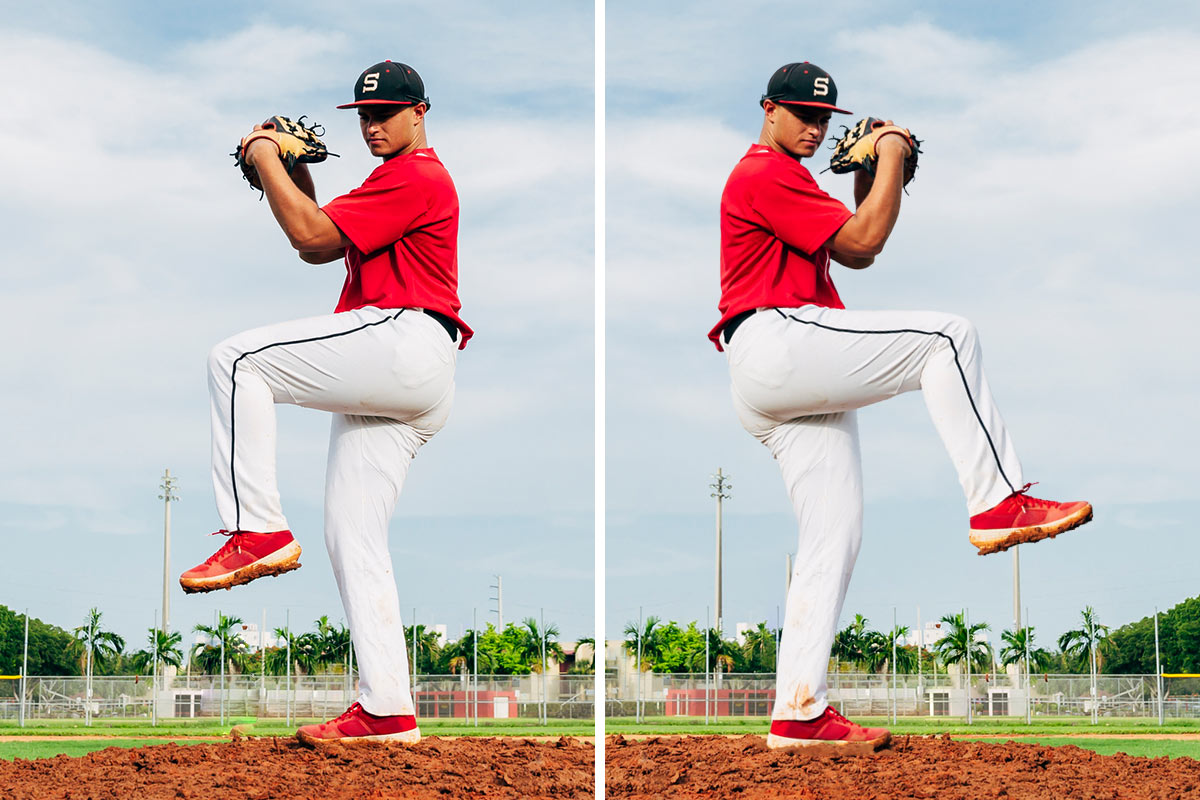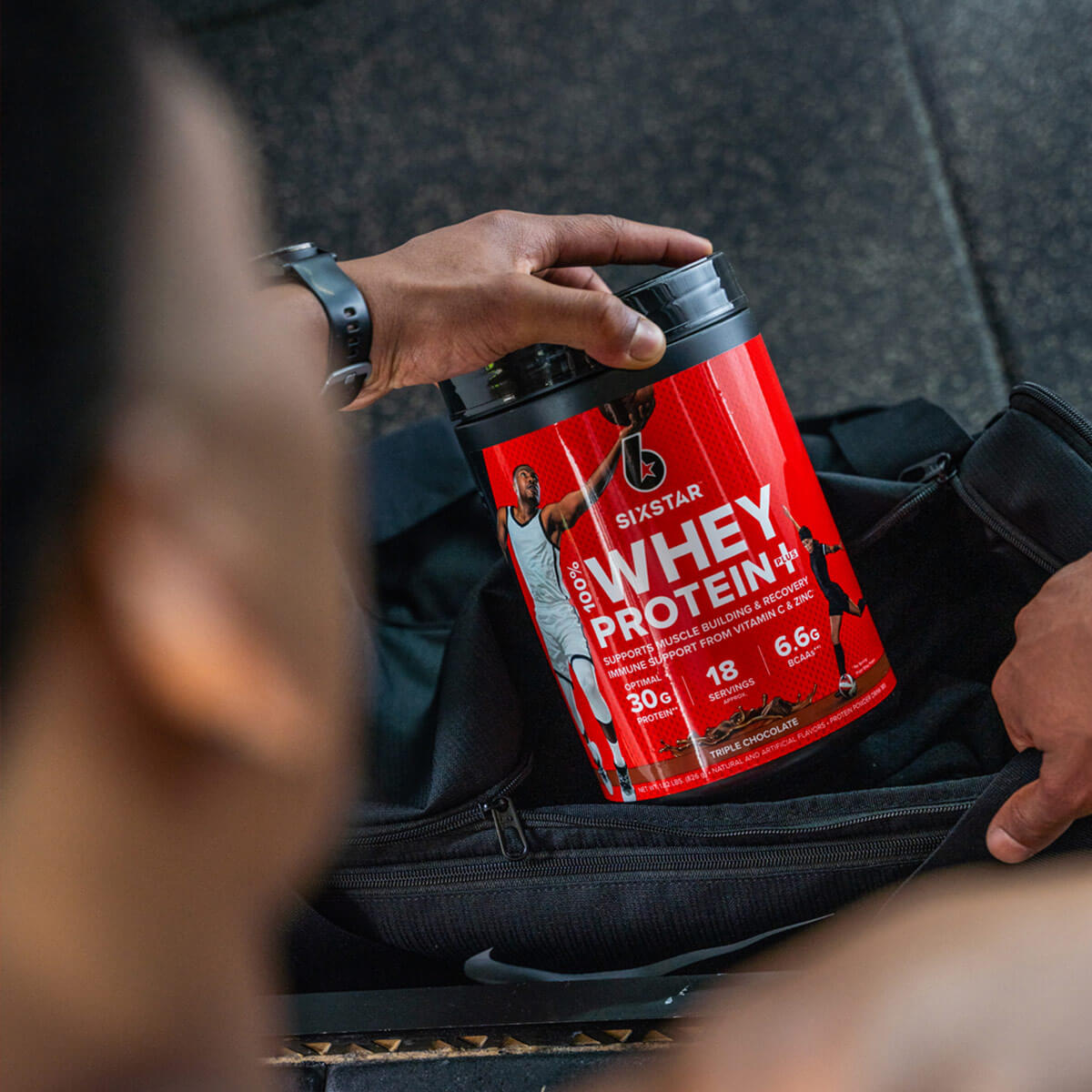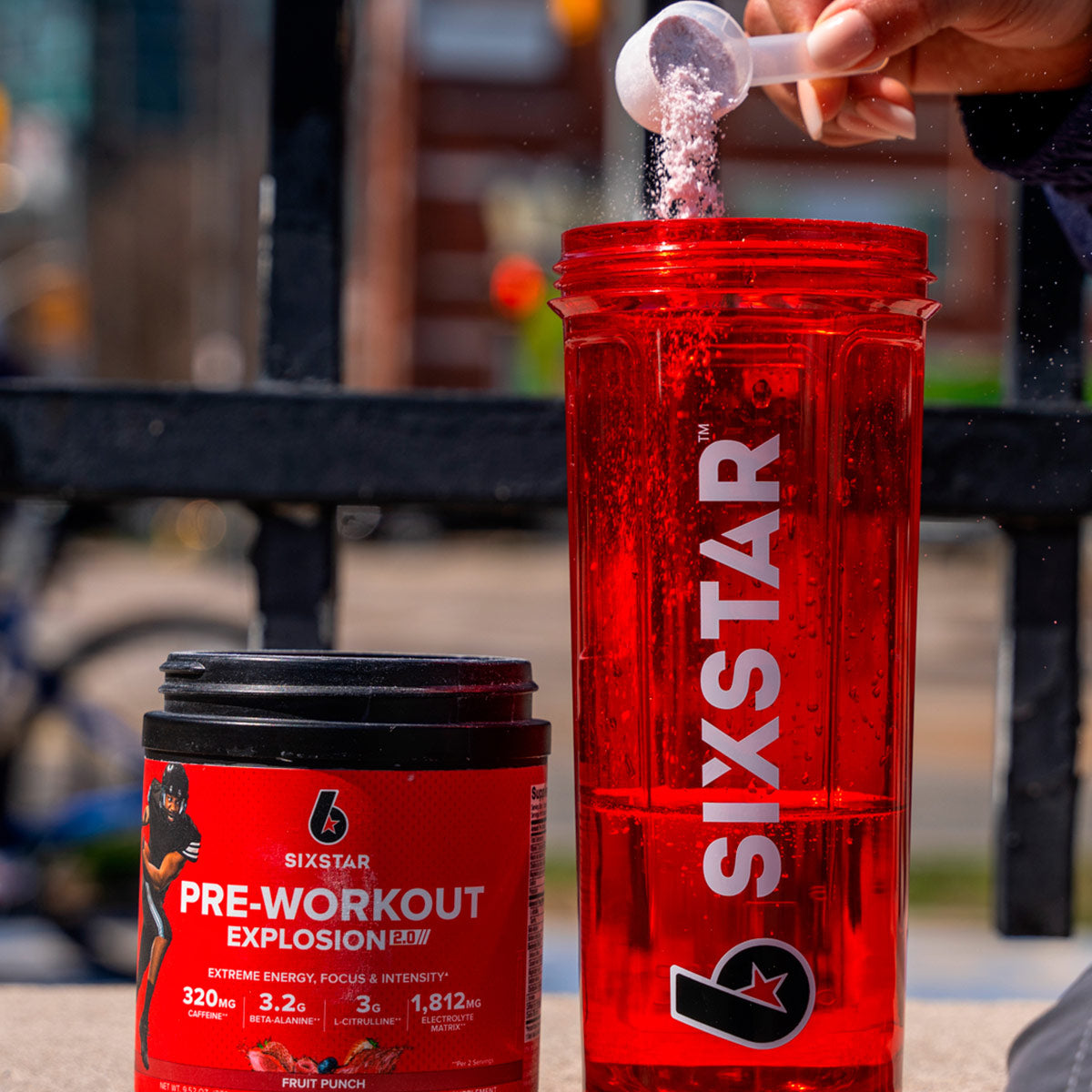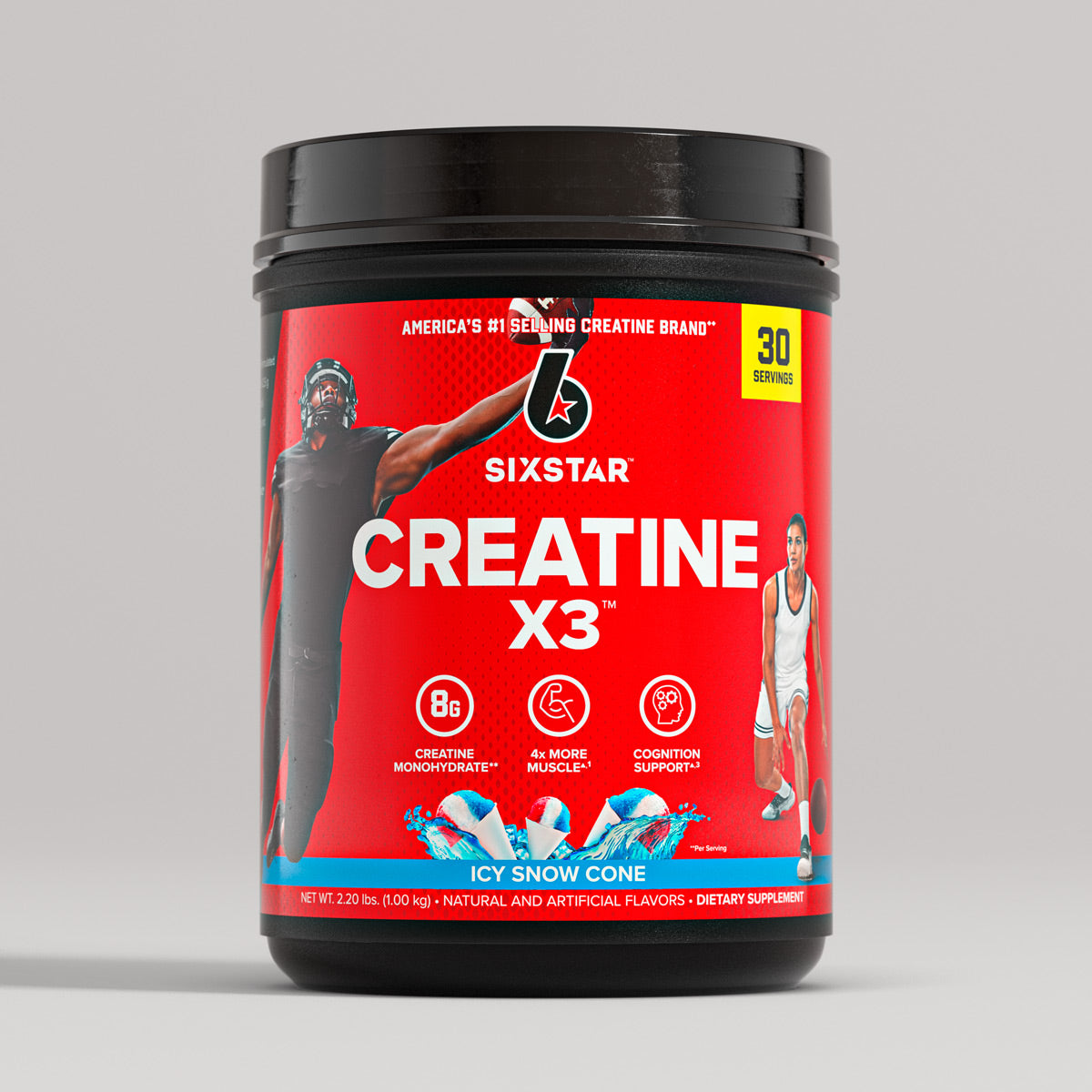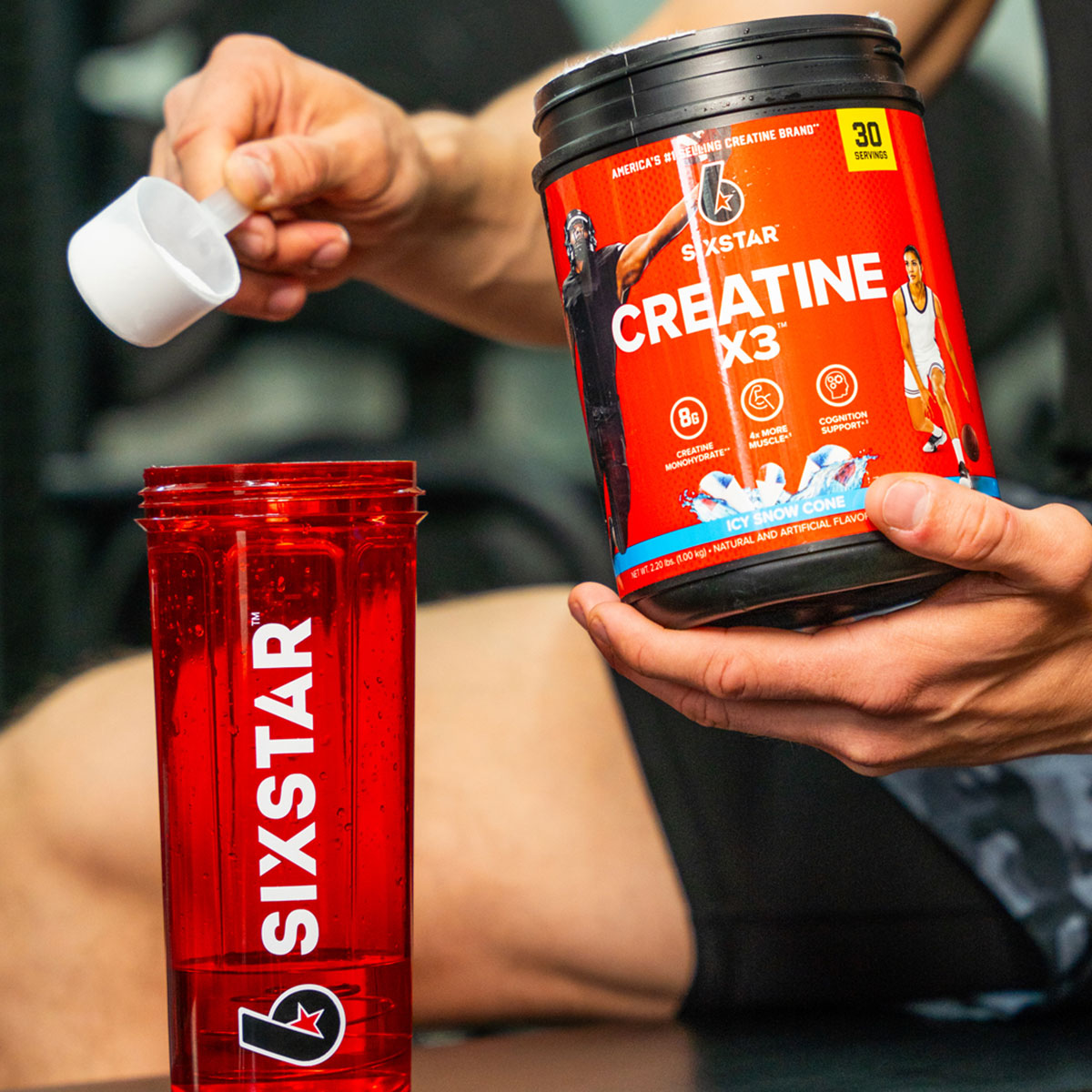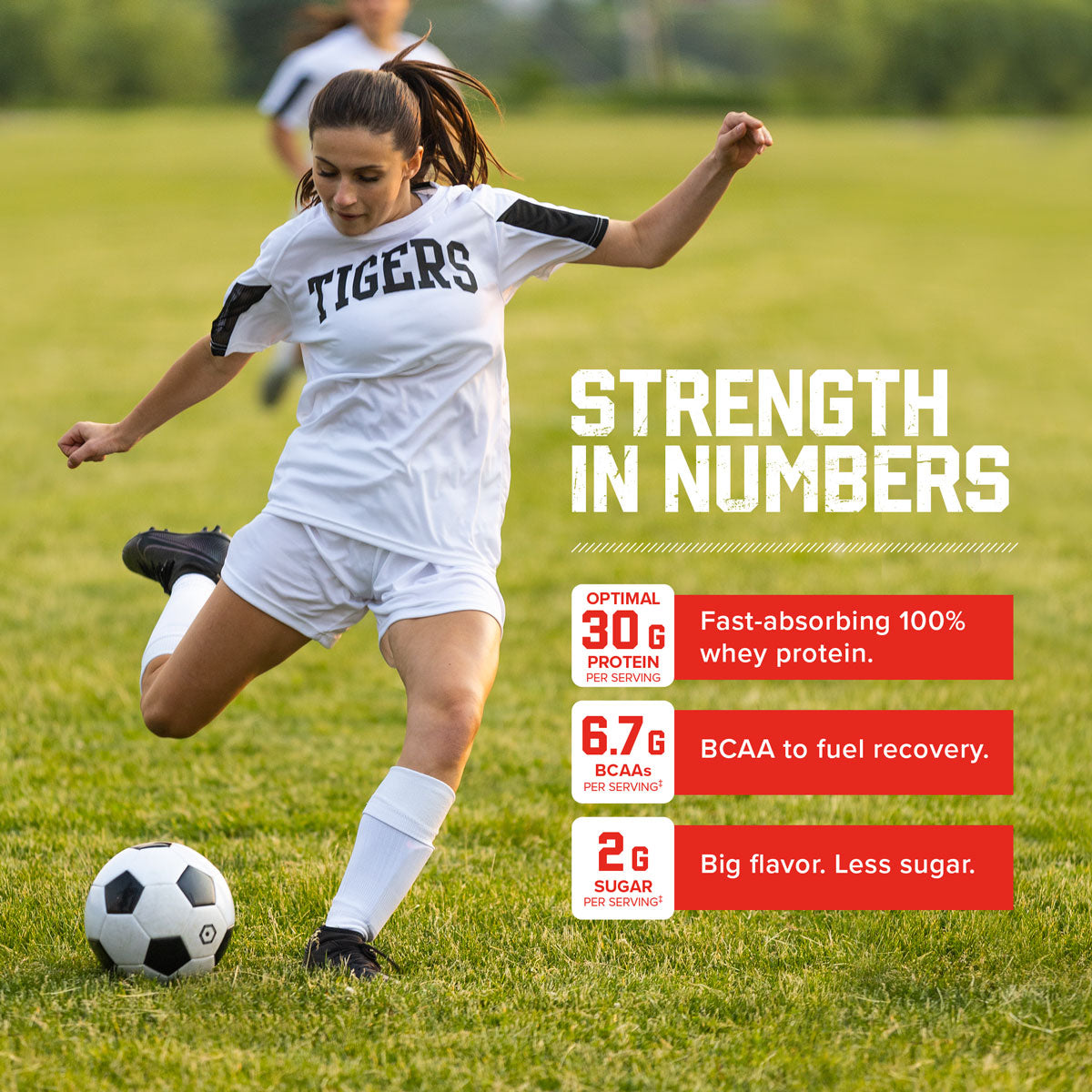If you’ve played basketball, hockey or baseball you know the importance of being able to use both of your hands for peak performance. Ambidexterity—the ability to use either hand equally well—is especially beneficial to athletes who can benefit from a quick switch of hands to move multi-directionally. Some of the biggest names in professional sports are considered ambidextrous such as Lebron James, Maria Sharapova and the late greats Kobe Bryant and Gordie Howe, but becoming ambidextrous for sport takes time and practice.
Afterall, you’ve spent your whole life up until now doing just about everything to care for yourself using either your right or left hand. If you’ve ever broken an arm and been in a cast you understand the awkward and messy struggle of trying to eat, get school work done and brush your teeth with your non-dominant hand.
But there are some significant advantages for athletes that take the time to develop their nondominant side. Imagine being a pitcher and you're dealing with a batter who's used to you being a right-handed pitcher and you suddenly switch and go left-handed. That's going to totally throw off that batter's predesigned approach to how they thought you'd hit the ball. Becoming ambidextrous is not a skill that can be learned overnight or even in a single offseason, but starting while you’re younger and carrying that discipline and practice through the years can have a major payoff down the road.
In this article, we’ve laid out a five-step approach to training yourself how to be ambidextrous and take your athleticism to the next level so you can shoot, throw, swing, hit, pass, pitch and catch better.
5 Steps to Becoming Ambidextrous
Ok righties wanting to be lefties and lefties wanting to be righties too, listen up! Here are 5 steps to train yourself to be equally dexterous on your nondominant side.
We realize you can’t become ambidextrous or even semi-ambidextrous in just five days but you’re fired up and motivated now, so let’s strike while the iron is hot. Follow this five-day protocol to make some considerable progress towards ambidexterity that will form habits to last a lifetime—a very good thing for your burgeoning athletic aspirations.
It should be noted that there is very little scientific research around the efficacy of teaching oneself to be ambidextrous other than real-life success stories (check out a pro volleyball player’s inspiring story below).
The only surefire way to get there is with consistent, frequent and varied practice, which is why this five-day plan will have you using your nondominant side to do just about everything but with strategic progression.
The first few steps of the plan actually don’t involve sports at all—but bear with us. The process of becoming athletically two-handed needs to be broken down into steps, which is why you’re first going to warm up with some day-to-day training first before moving on to sports.
Day 1: Start with writing
Today, you’re starting off slow with some simple pen-to-paper handwriting exercises.
Find a comfortable place to sit with a pen, pad of paper and don’t forget your humility. Start out by using your dominant hand and draw a couple of horizontal lines, some squiggly lines, a few circles, triangles and finally spell out your full name and the first 10 letters of the alphabet (A to J).
Next, swap hands and sheets of paper and repeat the same order. Be mindful of how you are wrapping your head around this exercise and manage your self talk. This is your first foray into ambidexterity so any negative self-talk you allow to wash over and take control of this exercise could bleed into the next steps of the plan.
Be patient, humble and see the humor in it! Most importantly, persevere until the end. Time permitting, do it again and compare your first try with your second. Even the faintest improvement is a positive sign.
Day 2: Grabbing and grooming
Today you’ll repeat day one’s writing exercise but you’ll also introduce grabbing and grooming with your off hand. From the moment you wake up (it helps to post a reminder note on your bathroom mirror) turn on the water, put toothpaste on your toothbrush and brush your teeth with your non-dominant hand. When bathing, turn the shower on and reach for your shampoo and soap with that hand as well. Follow suit with everything else you do, grabbing your towel, getting things out of the fridge, your backpack and so forth. If you wear a smart watch, put that on the opposite wrist too and do this for the duration of the plan.
Hold off on attempting to eat with your off hand just yet. That’s tomorrow’s challenge.
Day 3: Eating and web browsing
Get a bib out or fashion one out of paper towel because you’re going to need it. Today, in addition to repeating your writing exercise and self-care routine, you’re going to attempt the mothership of ambidexterity: feeding yourself and using your computer mouse or laptop trackpad with the opposite hand.
Today, attempt to feed yourself by grasping your spoon or fork with your off hand. If you’re stirring something or slathering butter on bread, you guessed it, use your nondominant hand. When you’re eating something that requires both a fork and knife, swap positions and see how you fair. Do this all day and notice how you improve from breakfast to dinner. Don’t attempt this switch with any sharp knives and we recommend eating in the privacy of home today.
Now that you’re getting more accustomed to using your untrained hand, let’s throw your computer or laptop into the mix. With a simple settings change on your computer, you can move your mouse over to the other side to further help improve dexterity in your nondominant hand. To switch your settings go into preferences, find your mouse and change the right- or left-hand preference. If you use a trackpad, just start using it with the other hand.
Like everything else on this plan, it’ll take some time to adjust to but it’s a great next step in waking up and engaging your contralateral brain control on the other side.
Day 4: Introduce sports
Repeat everything you’ve been doing since day one of your ambidexterity training but get ready to introduce the reason you’re here in the first place: using your other hand to develop an edge in your sport.
You can start to develop motor skills on your other side any time of year but ideally you’re diving into this with a full-throttle commitment in your offseason and then showing up in the preseason with something new to bring to your game.
Today, start slow by throwing a tennis ball against a wall using only your off hand. If you have a friend to play with, start off by tossing a ball around or shooting hoops. It can be anything really, badminton, ping pong, frisbee or volleyball, but all with your nondominant hand.
Day 5: Take it one step further
Whatever your sport is, you’ll want to hone in on the movements that are the most advantageous to know how to do with both hands and break them down in order to learn the movement pattern.
Let’s take basketball as an example. If your ultimate goal is to shoot a three-pointer on your less dominant side, you need to take it in small steps. Take a ball and start by simply working on the form first. Throw the ball straight up above you and follow through with the wrist—getting that motor pattern set. Focus on the elbow extension to the wrist extension and follow-through so that your body now has to relearn that pattern on the other side.
Once you get that, the next step is to shoot underneath a basket. Stand under the basket and take those same mechanics. Once you have it set, start shooting above the rim and into the net without letting the ball touch the rim.
Next, take it a couple of feet back. And then again—same drill—repetition over repetition is going to help you develop more of that skill set and strength to go a little bit further out from the net. Walk yourself out bit by bit. Once you've established that motor pattern and strength, you’ll be able to eventually reach your ultimate goal of shooting a three-pointer with your nondominant side, but it’s important to remember that it's all about taking it step-by-step, over time. Think of it like you’ve never played the sport before. You’ve now got to relearn how to use your other side and train yourself to not let your dominant side take over.
Other moves to try are layups with your off hand, movements at the bottom of the basket where you're doing any type of post moves. Instead of always going to your right, focus on a left-handed hook shot, a left-handed jump shot or a left-handed fake and drive. Try dribbling drills with your off hand, going up and down the core. Set up pylons and go around the pylons with your off hand. Don't let your dominant hand control anything. Tying your dominant arm behind your back is another tactic you could try.
Most importantly, check your ego because there’s no doubt you’re going to feel awkward and the ball is going to bounce somewhere else, but you’ve got to keep doing the work repetitively in order to establish the pattern and master it.
Tailor your gym routine to your goal
There are ways to strengthen and develop your nondominant side at the gym, too. Rethink how you’re strength training. Do things that are sports specific, like getting the nondominant side stronger with any type of extensions with the elbow, such as shoulder presses and do unilateral exercises that prevent you from using both sides at the same time. The dominant side will always do more work in that case.
Instead of doing a barbell wide shoulder press, do dumbbell, kettlebell or Ybell presses where the movement is individually controlled. It forces the mind to focus on each side individually, which comes back to neuromuscular adaptation—the mind and the muscle trying to connect that coordination and balance to get that movement down pat.
Bottom line
It may seem like a laborious effort but working on your ambidexterity could be all the difference between a mediocre future in sports and becoming an elite athlete. Give this five-day plan a go to develop your ambidextrous abilities and practice, practice, practice until it becomes second nature and you’ve leveled up your game.
For some real-life inspiration, watch this true story about how pro beach volleyball player Maddisson McKibbin taught himself to be ambidextrous—and incredibly victorious in his sport.




